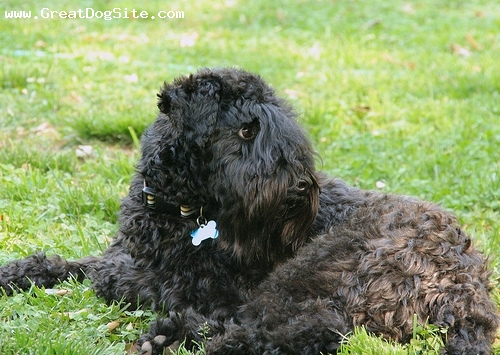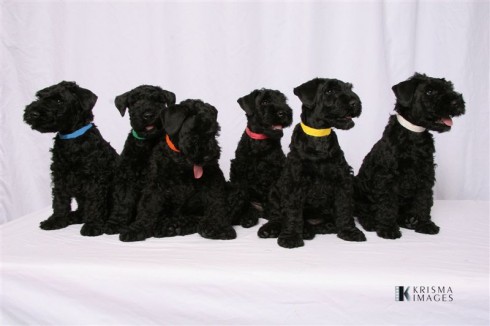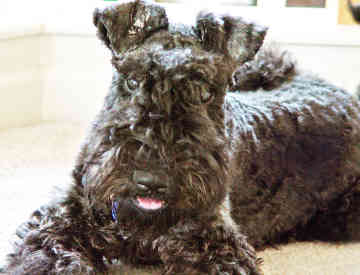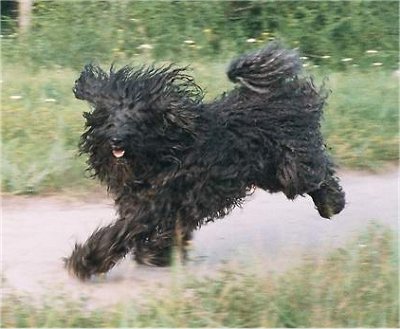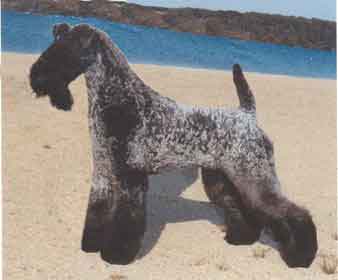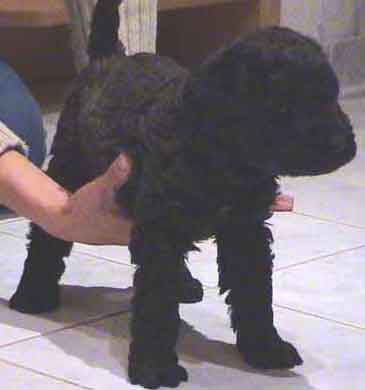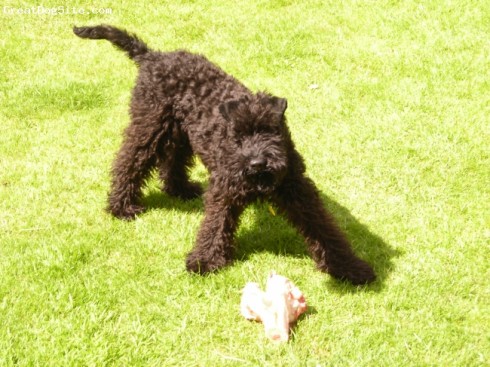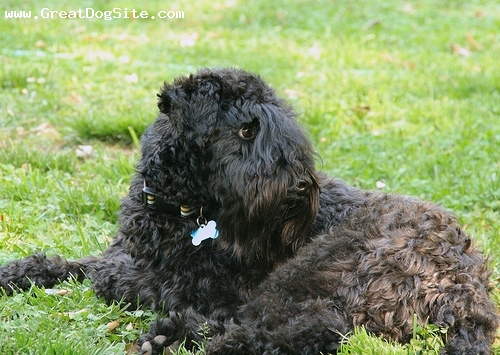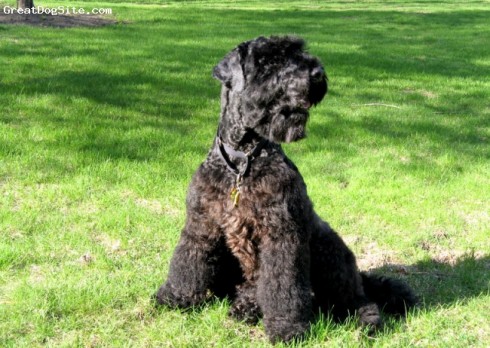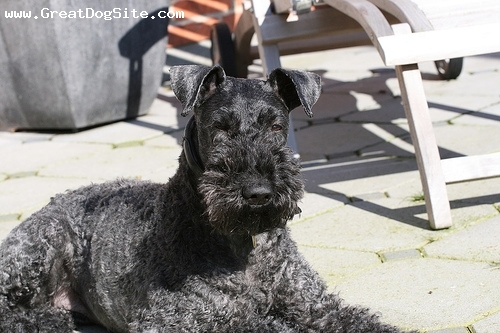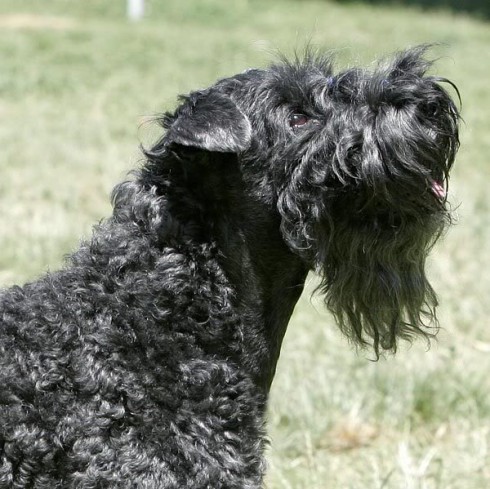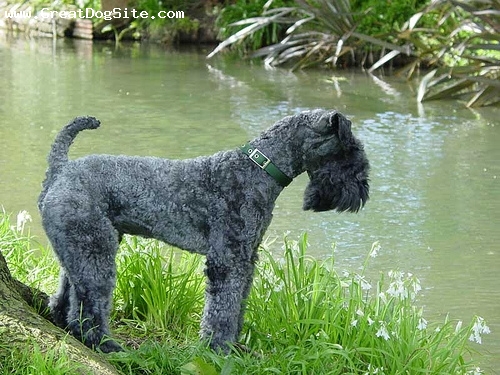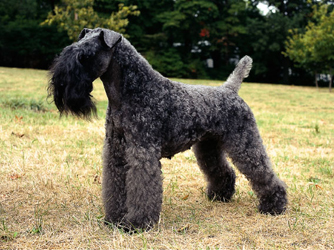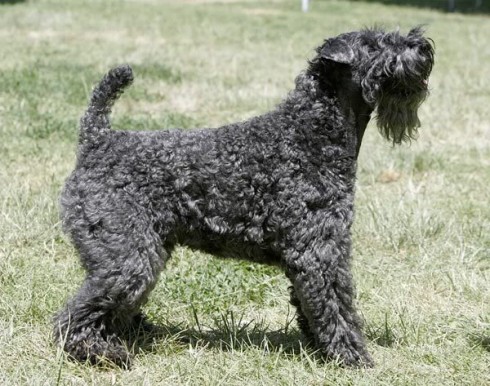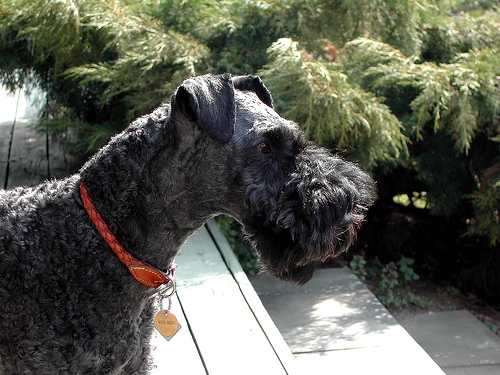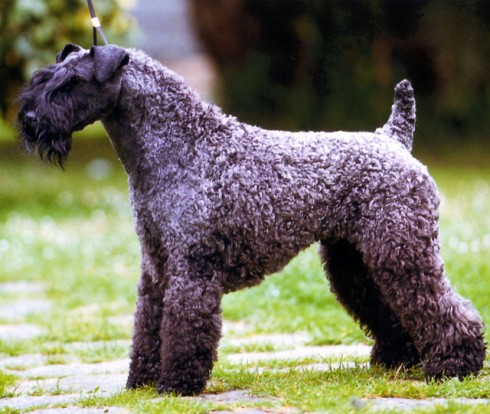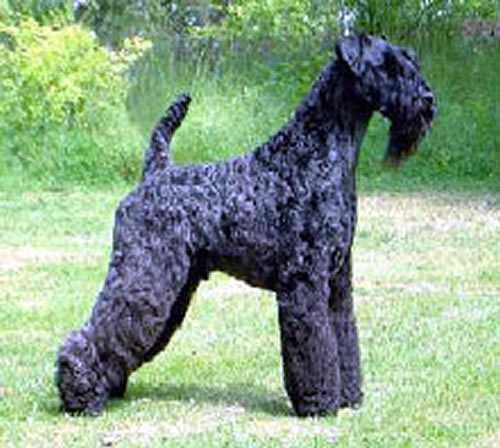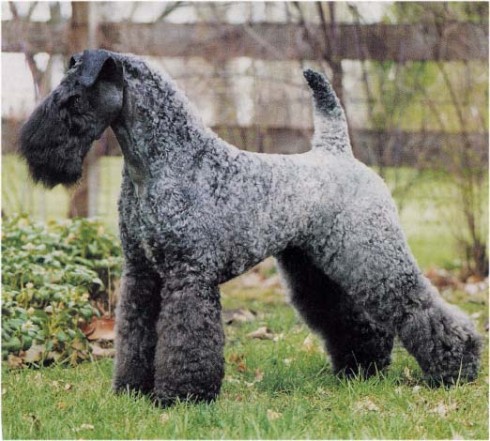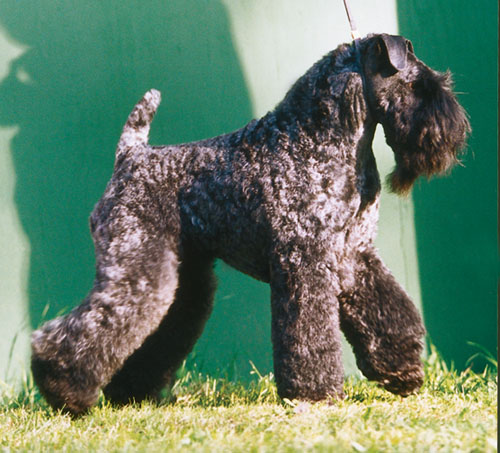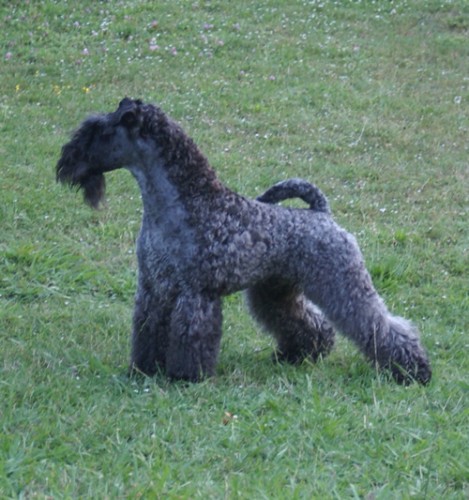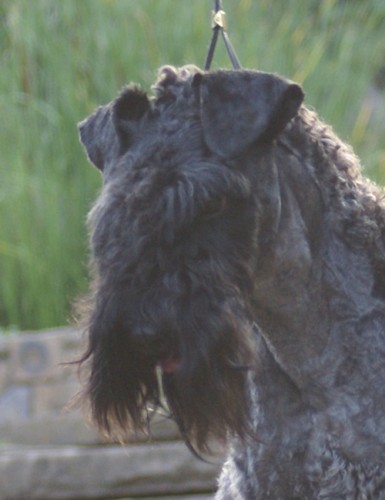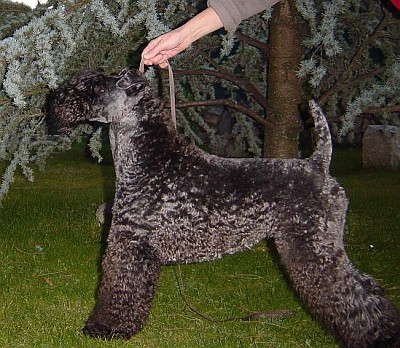Main Index
In Store
Our Web Store
Miniature Schnauzer Picture Gallery
Latest Dog Blogs
- What Are The Basic Commands To Train A Dog?
- PaySafe As The Most Popular Type Of Deposit
- Everything You Need To Know About Pet Sales
- Dogs Contribute To Our Physical And Mental Well Being
- How To Choose Where To Bet On Greyhounds In 2022
- Volunteer With Animals - How To Help Dogs Around The World
- Basic Understanding Of The House Edge
- Why You Should Get A Dog
- Top 20 Popular Dog Names Around The World
- Constipation in Dogs and How to Find Solutions
Kerry Blue Terrier
Kerry Blue Terrier Picture Gallery
Kerry Blue Terrier Clubs/Associations
The Full Kerry Blue Terrier Description
The hardworking Kerry Blue has been used to hunt on land and water, to guard homes and farms, to kill rodents, and even to herd and drive sheep and cattle. He has also been used in England as a police dog, for trailing and guarding.
Did you know?
The Kerry Blue Terrier originated in Ireland.
It is mistakenly thought to be from County Kerry in South West Ireland; it is actually from Tipperary.The Kerry is an all-round working and utility terrier. The breed was used in Ireland and England for hunting small game and birds, and for retrieving from land and water.
So you want to own a Kerry Blue Terrier?
The Kerry Blue Terrier is an affectionate dog who is absolutely loyal to his family.
The Kerry Blue Terrier is a friendly, intelligent dog who will live comfortably as a house dog.
The Kerry Blue requires weekly brushing and a professional scissors-trim every few months.
Indicative Breed Standard
General Appearance
Upstanding, well knit and proportioned, well developed and muscular body.
Characteristics
Compact, powerful Terrier, showing gracefulness and an attitude of alert determination, with definite Terrier style and character throughout.
Temperament
Disciplined gameness.
Head and Skull
Well balanced, long, proportionally lean, with slight stop and flat over the skull. Foreface and jaw very strong, deep and punishing; nose black; nostrils of due proportion.
Eyes
Dark as possible. Small to medium with keen Terrier expression.
Ears
Small to medium and V-shaped; carried forward but not too high.
Mouth
Gums and roof of mouth dark with perfect, regular scissor bite, i.e. upper teeth closely overlapping lower teeth and set square to the jaws.
Neck
Strong and reachy, running into sloping shoulders.
Forequarters
Shoulders flat as possible with elbows carried close to body while standing or moving. Legs straight, bone powerful. Front straight, neither too wide nor too narrow.
Body
Short-coupled with good depth of brisket and and well sprung ribs. Deep chest. Topline level.
Hindquarters
Large and well developed, stifle bent and hocks close to ground giving perfect freedom of hind action.
Feet
Round and small. Nails black.
Tail
Customarily docked. Docked: Set on high and carried erect. Undocked: Set on high of moderate length to give an overall balanced appearance. Thick at the base and evenly tapering to tip, straight as possible and carried jauntily. An excessively gay or curled tail undesirable.
Gait/Movement
Free and powerful. Fore- and hindlegs moving straight and parallel, stifles turning neither in nor out.
Coat
Soft and silky, plentiful and wavy.
Colour
Any shade of blue with or without black points. Tan permissible in puppies, also a dark colour up to the age of 18 months. A small white patch on chest should not be penalised.
Size
Ideal height: dogs: 46-48 cms (18-19 ins) at shoulder; bitches slightly less. The most desirable weight for a fully developed dog is 15-17 kgs (33-37 lbs), and bitches should weigh proportionately less, but 16 kgs kgs (35 lbs) is the most desirable weight to aim for.
About Our Article Directory
- Article
- 27 November 2010
- 2 comments
Canis lupus familiaris
- Breed Article
- 29 May 2010
- No comments
Quick Search
Donate
Latest Dog Pods
- Tips on How to Stop Your Dog from Biting
- Beware - Not All Advertised Dog Rescues Really Are! How Can You Know The Truth?
- Helpful Tips For Dog Obedience Problems
- How to Keep Dogs From Eating Poop
- Dog Grooming Tips - A General Overview of the Very Basics of Dog Grooming
- Recognising Different Types of Dog Obedience Problems
- 5 Important Tips On Feeding A Puppy


